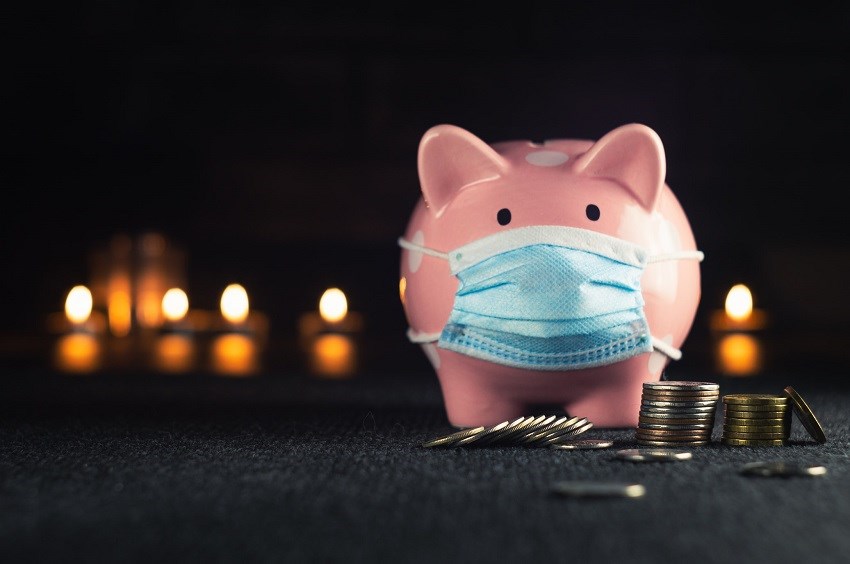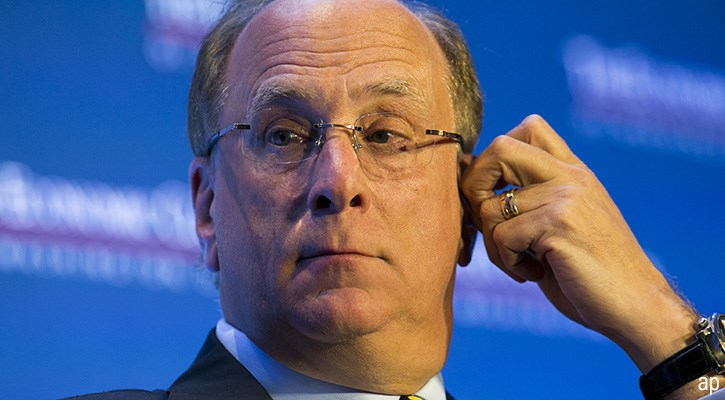
“Buckle up, the year will be bumpy,” warns Drummond Brodeur, global strategist at CI Global Asset Management. Bumpy, indeed, but not necessarily disappointing: “The bumps should create opportunities in the markets,” he adds.
For the large majority of investors, 2022 is introducing an unknown variable: inflation – “at the highest level we’ve seen in our careers,” notes Brodeur. And, accompanying that variable, comes an unwelcome prospect of interest rate increases and, before that, of withdrawing liquidity by tapering off the Federal Reserve’s asset purchases.
Those factors create turbulence on what otherwise appears to be a solid backdrop. Unemployment is relatively low in Canada, at 5.9%, even lower in the U.S. at 3.9%. Economic growth in Canada should sail at a very healthy rate of 3.5% to 4% through 2022, expects Brodeur, while it should reach 3.9% in the U.S., according to Dave Sekera, Chief market strategist at Morningstar, who adds: “Those growth rates remain higher than recent historical averages.”
Of course, Omicron is very much still in the mix, still causing supply problems and stoking inflation, but it does not seem to have dampened the economic recovery – so far.
Don’t Worry About the First Hikes – Worry About the Last
Sekera expects the Fed to raise rates by increments of 0.25% (or 25 basis points) until they rise to 1% at the end of 2022. “That’s what the market is pricing in presently to occur over 2022,” he says, immediately highlighting a key feature: “That will still be very low historically.”
Evoking the elusive concept of the “neutral level of rates”, when rates exert neither a stimulating nor a restraining effect on the economy, Brodeur notes that “academics presently see that ‘neutral’ zone as standing between 1.5% and 2%.” So, even at 1%, rates would still be very stimulating. However, he warns: “It’s not the first hikes that you should worry about, but rather the last ones. It’s highly likely that the Fed will push rates just high enough to become a problem for the general economy, though just less so than they have been before.”
Still Good for Value
All considered, “this remains a favorable environment for equities,” Brodeur estimates. On the equity side, what we will see is a rotation out of certain sectors into others. “You really want to beware of overcrowded trade positions,” he warns, referring to the massive areas of the market which thrive on day trading, algorithmic trading, strong leverage and momentum strategies. In other words, everything “that is not fundamental investment,” he notes.
As we have seen for a good part of January, we will see forced selling in “crowded names”, mostly darling tech stocks promoted by the likes of ARK Funds and Robin Hood. At the receiving end of the rotation, Brodeur identifies commodities, financials, oil, quality growth, strong cash flow generating companies, whether cyclical or secular.
Sekera definitely votes for value stocks, “which probably represent the best place for investors today,” he says. Starting with the FOMC’s minutes in January, markets realized that the Fed seriously planned to start hiking rates and tightening, something that Jerome Powell’s speech unequivocally confirmed. Since that moment, “growth stocks have been selling off (...) and value stocks have been rising,” Sekera adds.
Spotting the Overvalued
In a mid-January report, Sekera identified sectors most largely overvalued (on the basis of intrinsic valuation) and those most undervalued, noting that undervalued sectors are harder to find, though more sectors are trading at fair value than in the previous quarter.
Still, overvaluation dominates most sectors, especially real estate, health care and consumer defensive in their growth segments (rating of 1.43, 1.4 and 1.26 respectively), and basic materials in the core segment (rating of 1.23). Only two sectors stand out with attractive under-valuations across all segments: energy, with under-valuations ranging from 0.72 to 0.88, and communications, under-valuations ranging from 0.79 to 0.88. “Energy and communications still have a good way to go, but not quite as much as when we published the report,” Sekera comments.
What About Bonds?
On the bond side, 2022 will not be a bounty year because of the depressing effect of rising rates on prices. To begin with, agree Sekera and Brodeur, economic growth will keep default rates low. Government bonds should be slightly negative at the end of the year, Brodeur expects, adding: “If you can come out even, you could consider yourself happy.” And he repeats the same story for high quality investment grade corporate bonds, stating: “A flat trade would be a blessing.” However, “it should be a good year for high-yield corporate bonds, which should give a return in the mid-single digit range.”
Sekera advises to stay on the safe side: “With rising rates, you want to be in shorter duration bonds; a good place would be 5-year issues.”
For the portfolios he manages, Brodeur remains optimistic, even though the road ahead promises to be “bumpy”. “At the end of last year, I went to a neutral stance in equities and somewhat underweight in bonds. So, I’m holding cash to take advantage of opportunities that will present themselves.” But this is certainly not a buy-on-the-dip perspective.









.jpg)










